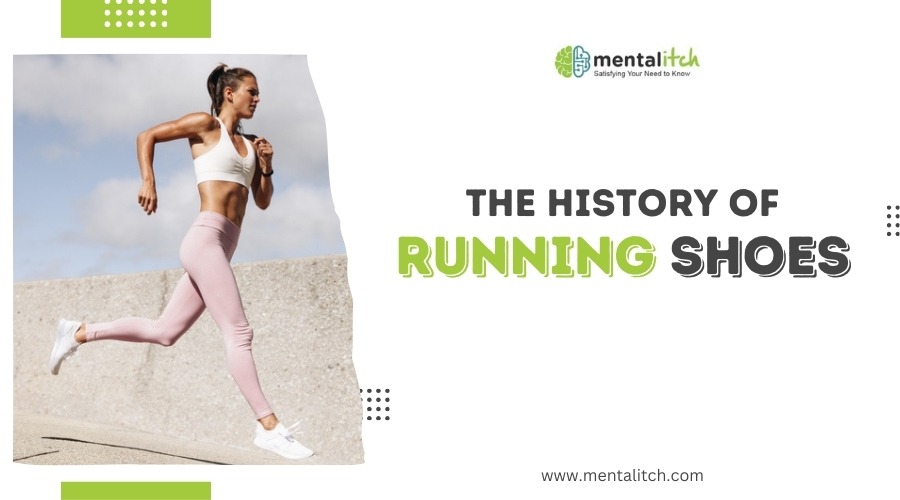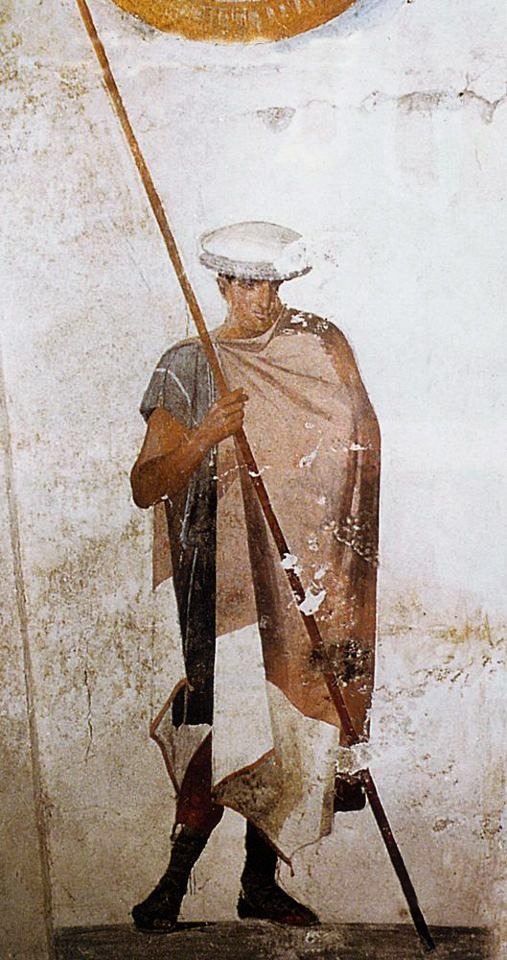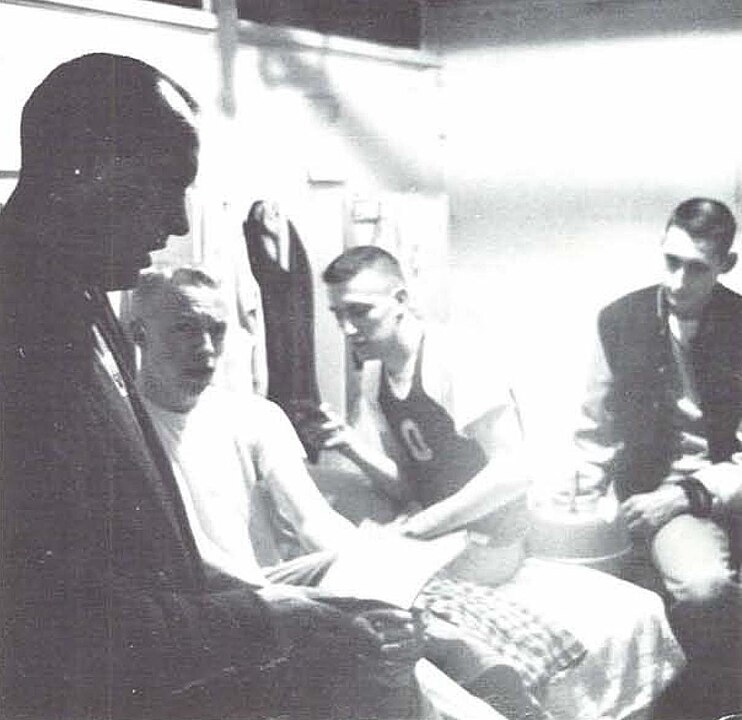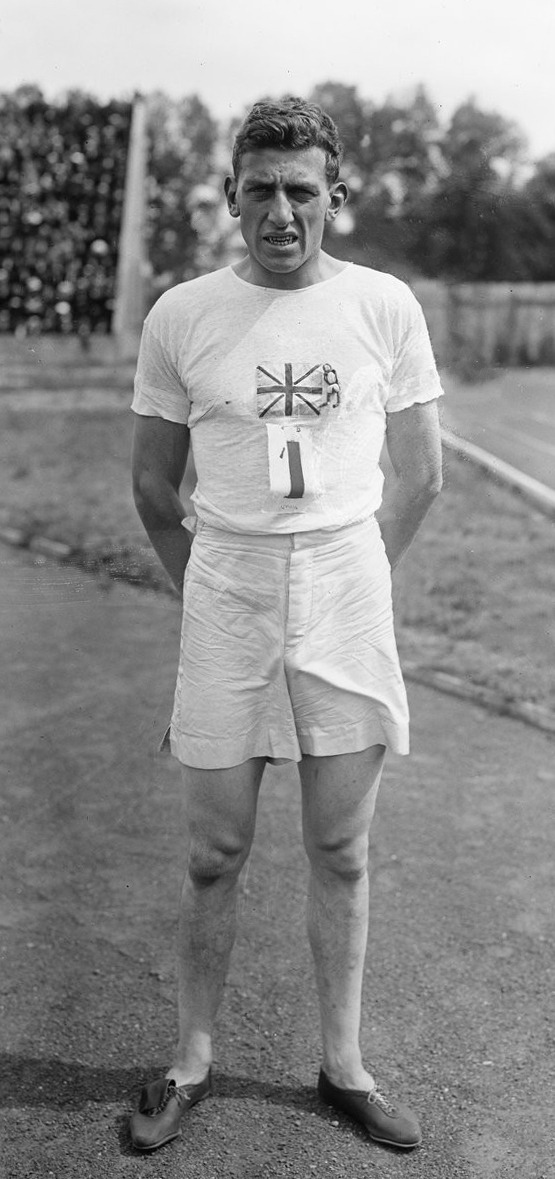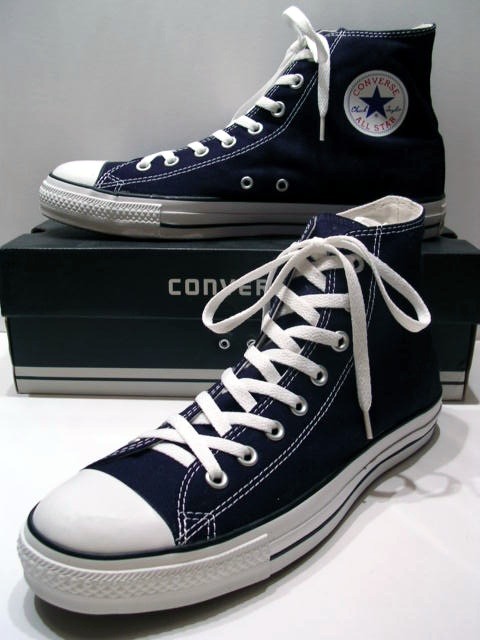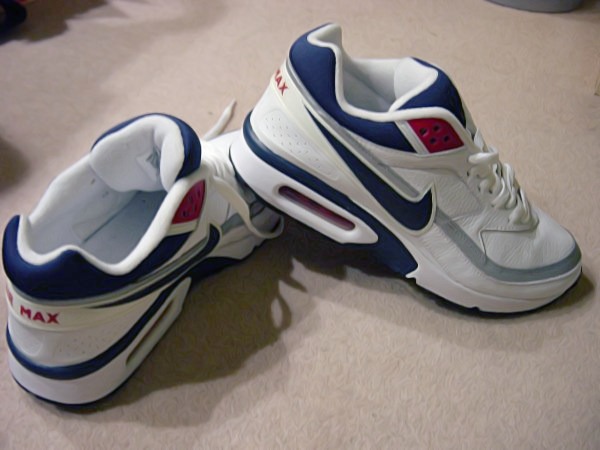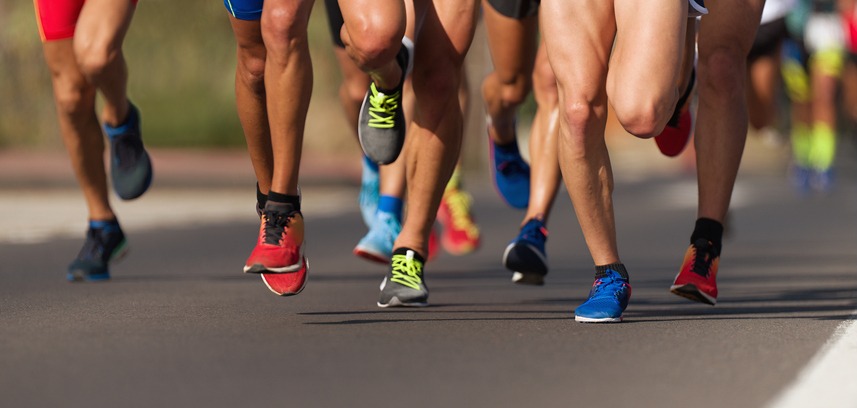Isn’t it curious how you’ve likely never pondered the fascinating history behind the running shoes you slip on for a jog around the block or to head off to work in? From their humble beginnings in the late 1800s, replete with spikes for cross-country adventures, to the advent of vulcanized rubber soles that revolutionized the feel underfoot, the journey of running footwear is a fascinating blend of innovation and rivalry.
As brands like Adidas and Nike sprinted ahead with technology like EVA foam and air-cushioned soles, a question lingers: how did these advancements shape the shoes you wear today, and what future innovations lie just around the corner?
Key Takeaways
- Running shoes have evolved from simple leather spikes to sophisticated equipment with specialized designs for various terrains and athletic needs.
- Innovations like EVA foam, Air and Gel midsoles, and sustainable materials have significantly enhanced running shoe comfort, support, and performance.
- Advances in technology have introduced shoes designed for pronation control, visible heel-cushioning, and meticulous design aimed at injury prevention.
- The trend has shifted from minimalist designs encouraging natural foot movement to a balanced approach that offers both support and natural running benefits.
Ancient civilizations and early footwear for running
Running has been a fundamental human activity since the beginning of time. From the Greeks to the Egyptians, civilizations all over the world recognized the need for protective footwear for a variety of purposes, including running. However, the concept of specialized running shoes as we know them today has its roots in necessity and practicality rather than improvement in performance.
In ancient Greece, athletes participated in various foot races during religious festivals like the Olympics. Their shoes, known as “krepides,” were simple, made of leather or woven materials and fastened to the foot with leather thongs or straps. These shoes were designed to protect the foot’s sole rather than provide cushioning or support for running efficiency.
Similarly, the Tarahumara tribe in Mexico is known for their running prowess in Central America. They made “huaraches,” which were sandals made of woven plant fibers or leather that allowed them to cover long distances with remarkable agility and endurance.
The Dawn of Modern Running Footwear
The first running shoe is a relatively new invention – it dates back about 200 years. The history of running shoes kicked off in the late 19th century when leather spikes were first introduced for cross-country running in 1865. This innovation marked the dawn of specialized footwear designed to enhance athletic performance on the track. Leather, being a durable and flexible material, provided the perfect foundation for these early running shoes. It allowed for the integration of spikes, which significantly improved traction and speed, a crucial advantage for athletes competing on varied terrains.
As the years progressed, the quest for more efficient running footwear led to the emergence of visionaries like Bill Bowerman. Bowerman’s contributions were pivotal; his relentless pursuit to create a lighter and faster running shoe laid the groundwork for modern athletic footwear. In the 1950s, this pursuit led to the foundation of Blue Ribbon Sports, the precursor to what’s now known as Nike. Bowerman’s innovations in shoe design, particularly his focus on enhancing cushioning without compromising on the lightness and responsiveness of the shoe, revolutionized running footwear. His work set the stage for the evolution of running shoes, transforming them from mere leather spikes to sophisticated sports equipment designed to maximize an athlete’s performance on the track.
Late 1800s: Spiked Beginnings
As you step into the late 1800s, you’ll notice the birth of specialized running shoes, marked by the innovation of spikes. These early designs, like the 1865 model from Northampton, England, catered to the needs of cross country runners, offering much-needed traction.
The era also saw companies like J.W. Foster and Sons, the precursor to Reebok, expand athletic use and material innovation, setting the stage for modern athletic footwear.
Early Spikes Design
Delving into the late 1800s, we find the birth of spiked running shoes, a game-changer for athletes seeking enhanced traction and performance on rugged terrains.
Picture yourself racing across challenging cross country landscapes. Now, imagine doing so with the early running shoes from 1865 in Northampton, England. These weren’t just any shoes; they featured spikes designed specifically for the terrain, offering unprecedented grip and stability.
The brainchild of J.W. Foster and Sons, later known as Reebok, these leather-spiked marvels were donned by elite athletes like Harold Abrahams. This innovation wasn’t merely about fashion; it was a significant leap in athletic footwear.
The spikes in these running shoes provided the essential traction and performance boost competitive runners craved, revolutionizing how athletes interacted with the ground beneath them.
Athletic Use Expansion
Building on the innovation of spiked running shoes, the late 1800s saw their athletic use expand beyond cross country into other realms of competitive running. J. W. Foster and Sons, which you might know as Reebok, were pivotal during this era, outfitting athletes like Harold Abrahams with leather spikes. These weren’t just any running shoes; they were specialized designs intended for serious performance enhancement.
| Key Feature | Impact on Running |
|---|---|
| Spikes for Traction | Improved grip on surfaces |
| Specialized Designs | Catered to specific athletic needs |
| Performance Enhancement | Boosted athletes’ efficiency |
The evolution of spike technology wasn’t just about adding sharp points to shoes; it was about understanding and addressing the unique needs of runners, ensuring their strides were as effective and efficient as possible.
Material Innovations
The late 1800s marked a pivotal era for running shoes, introducing spiked designs from Northampton, England, that significantly advanced material innovation in athletic footwear. You’ve seen how these early models, equipped with spikes for cross-country running, laid down the tracks for what was to come.
Here’s how it evolved:
- Leather Spikes: In the hands of J.W. Foster and Sons, later known as Reebok, leather spikes became the go-to for athletes like Harold Abrahams, amplifying the role of material innovations in running shoes.
- Rubber Soles: The advent of vulcanization in 1917 gave birth to plimsolls with rubber soles, a staple in post-World War I athletic footwear thanks to brands like Keds and Converse.
- Track and Field Specialization: The founding of Adidas and Puma in the 1920s pushed the envelope further, focusing on track and field footwear with cutting-edge designs.
This journey through spikes, rubber soles, and specialized shoes showcases the transformative material innovations that have shaped running shoes into what you lace up today.
1917: The Rise of Rubber
In 1832, Wait Webster patented a process that allowed rubber soles to be attached to shoes and boots, leading to the creation of Plimsolls, primarily worn by children. These rubber soles when married with leather uppers, boosted both durability and traction. This was just the beginning. The advent of vulcanization in the 19th century allowed rubber to be molded and shaped, paving the way for running shoes that were more functional and comfortable than ever before.
| Feature | Impact on Running Shoes |
|---|---|
| Shock Absorption | Enhanced comfort and reduced impact on joints during running. |
| Traction | Improved grip on various surfaces, offering greater stability. |
| Innovative Designs | Allowed for the creation of shoes tailored to specific sports and activities, improving performance. |
Companies like Keds and Converse led the charge post-World War I, popularizing rubber-soled plimsolls and setting the stage for the modern running shoe era. The introduction of rubber soles transformed running shoes by providing better shock absorption and grip. This innovation wasn’t just about comfort; it was about performance. The flexibility, durability, and lightweight nature of rubber facilitated the development of innovative designs, significantly enhancing athletic performance across the board.
1920s–1940s: Brand Rivalries
While rubber soles were revolutionizing comfort and performance in running shoes, a fierce rivalry between Adidas and Puma began shaping the future of athletic footwear in the 1920s to 1940s. Brothers Adi and Rudolf Dassler, once partners, turned competitors and their split birthed brand rivalries that would last for decades. Here’s how this competition influenced the world of athletic shoes:
- Innovation in Shoe Manufacturing: The tussle between Adidas and Puma led to significant advancements in shoe manufacturing, particularly in the design and utility of track spikes. Each brand sought to outdo the other, resulting in spiked shoes that offered athletes unprecedented speed and grip.
- Athlete Endorsements and Market Share: The rivalry wasn’t just about who made the better shoe; it was also a fight for the spotlight through athlete endorsements. Both brands aggressively pursued top athletes to wear their shoes, believing that a win on the track was a win in sales.
- Global Brand Presence: Adidas and Puma didn’t just compete in Herzogenaurach, Germany; their rivalry pushed each brand to expand its global presence. The quest to be the top athletic shoe brand led to innovative marketing strategies and an expansive footprint in the sporting world.
This era laid the groundwork for modern athletic footwear, with Adidas and Puma leading the charge through innovation, competition, and strategic endorsements.
1950s–1960s: Pursuit of Speed
As you explore the evolution of running shoes, you’ll find the 1950s and 1960s were pivotal decades. Innovators like Bill Bowerman set the stage for lighter, faster footwear, laying the groundwork for giants like Nike.
This era witnessed the birth of iconic models and a fierce competition among brands, all in the pursuit of speed.
Early Innovations Emerge
Did you know that the quest for speed in running led to significant innovations in footwear from the late 1800s through the 1960s? This period marked the evolution of the running shoe, driven by groundbreaking developments. Here are a few highlights:
- Spike Shoes Introduction: In Northampton, England, the first ever spike shoes emerged for cross-country running.
- J.W. Foster and Sons: This company called upon leather spikes to equip athletes like Harold Abrahams, propelling innovations in shoe design.
- Adidas and Puma: The founding of these giants in Herzogenaurach, Germany, specialized in track shoes, marking a pivotal era.
Each step in this journey not only pushed the boundaries of athletic performance but also paved the way for the modern running shoes we know today.
Iconic Models Debut
Building on earlier innovations, the 1960s introduced iconic running shoe models that revolutionized the pursuit of speed and performance in athletics. Bill Bowerman’s vision led to the creation of Blue Ribbon Sports, focusing on developing innovative running shoes. These shoes weren’t just footwear; they were a testament to lightweight design and unparalleled performance, setting the stage for the modern athletic footwear industry. These early models laid the groundwork for a legacy of speed and agility, igniting a transformative era in running shoes.
1970s: Innovation Peaks
In the 1970s, running shoe innovation hit its stride with the introduction of EVA foam, revolutionizing cushioning and shock absorption. This era marked the beginning of a journey toward more comfortable and efficient running experiences. Brands like Nike and Brooks led the charge, setting the stage for an exciting period of development in running shoe technology.
As the years progressed, three key advancements stood out:
- Midsole Technologies: The 1970s and 1980s saw the birth of Air and Gel midsoles, offering unmatched comfort and performance. Nike’s introduction of the Air Max running shoe in 1987, with its visible heel-cushioning bubble, changed the game by providing runners with a glimpse into the mechanics of their shoes.
- Stability Shoes: In the following decade, brands like Nike and Asics focused on developing stability shoes. These shoes were designed to control pronation and offer support, making running safer and more comfortable for those with specific gait patterns.
- Sustainable and Advanced Materials: More recently, the focus has shifted towards incorporating sustainable materials and cutting-edge technologies like carbon plate technology. These innovations promise not only to enhance performance but also to reduce the environmental impact of running shoes.
This era of innovation has set a strong foundation for the future, ensuring that runners have access to shoes that meet their evolving needs.
1980s–2000s: Stability Era
During the 1980s to 2000s, the era of stability in running shoes emerged, focusing on providing runners with the support and cushioning they needed. This period marked a significant shift as brands like Brooks and Asics led the charge, crafting stability shoes that weren’t just about aesthetics but about enhancing performance and preventing injuries.
You saw the introduction of shoes designed specifically to control pronation, a common issue that can lead to running-related injuries if not addressed. The focus wasn’t just on correcting foot movement; it was also about ensuring that every step you took was cushioned. Innovations like the visible heel-cushioning bubble technology, first seen on the Nike Air Max, underscored the era’s dedication to marrying form with function. You were no longer just running; you were running supported by the latest advancements in shoe technology.
Brooks and Asics didn’t stop at pronation control. They pushed the envelope further by incorporating advanced cushioning materials and support features into their stability shoes. These enhancements weren’t just for show. They were meticulously designed to offer a stable platform that catered to your feet’s unique needs, ensuring that every run was a stride towards injury prevention and improved performance.
2000s–2010: Minimalist Movement
As the 2000s unfolded, you witnessed the rise of the minimalist movement in running shoes, shifting the focus towards a more natural running experience. This trend was marked by a significant departure from heavily cushioned designs to minimalist shoes that promised a running form closer to barefoot. Brands like Vibram, with their distinctive FiveFingers, and Merrell’s Barefoot collection, became synonymous with this movement.
Here are three key aspects of the minimalist movement:
- Lower Heel-to-Toe Differentials: Minimalist shoes featured significantly reduced cushioning and lower heel-to-toe differentials, aiming to facilitate a more natural foot movement.
- Forefoot Striking: Encouraging runners to land on their forefoot or midfoot, minimalist shoes aimed to shift away from the traditional heel striking pattern, believed by proponents to reduce the risk of injury.
- Support and Protection Concerns: Despite their initial popularity, concerns about the lack of support and protection offered by minimalist shoes led to a reevaluation of running shoe preferences among many runners.
As the minimalist movement peaked and then faced scrutiny, you saw a nuanced understanding emerge regarding the balance between a natural running experience and the need for adequate support and protection in running footwear.
2010–2017: Smart Technology Integration
The dawn of smart technology integration in running shoes, starting with the Nike+ system in collaboration with Apple in 2006, marked a revolutionary step in how you could track and analyze your running performance. This breakthrough allowed you to monitor vital metrics like distance, pace, and calories burned, directly from your shoes. It wasn’t just about running anymore; it was about running smarter, with data to bolster your performance and goals.
As smart technology evolved, other brands like Brooks jumped on the bandwagon, incorporating similar features to enhance your running experience. You no longer had to guess or manually log your runs; your shoes did the heavy lifting. This shift wasn’t just convenient; it was transformative, offering you insights into your training that were once only accessible to professional athletes.
The integration of smart technology in running shoes continued to advance, providing you with more detailed tracking and analysis. It wasn’t just about how far or fast you ran; now, you could understand your run on a deeper level, from your stride to your efficiency. This era of smart running shoes bridged the gap between technology and fitness, making it easier than ever to chase your personal best.
Interesting Facts About Running Shoes
Conclusion
You’ve journeyed through the transformative history of running shoes, from their spiked beginnings to the rise of rubber soles, enduring brand rivalries, and the quest for speed. You’ve seen innovations peak, witnessed the stability era, dabbled in the minimalist movement, and embraced smart technology.
As the landscape continues to evolve, focusing on sustainability, energy return, and performance-enhancing features, you’re not just a runner; you’re part of a legacy that strides towards a future where every step counts.

